Gardening Q&A
-
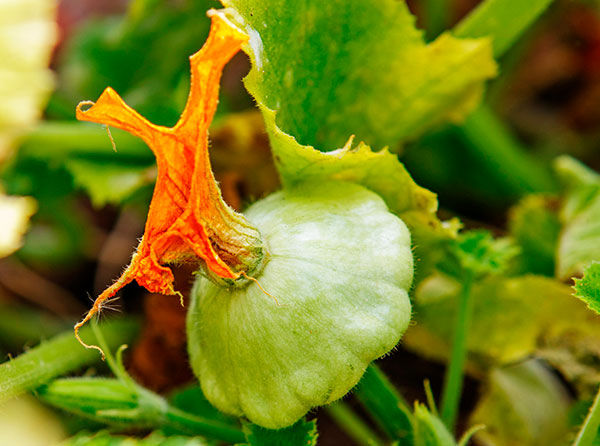
My squash plants are beginning to produce squash, but the squash shrivels up and never grows or forms correctly.
It's a problem with pollination. Squash plants produce male flowers first to attract bees for pollination. After a few days or weeks, they will produce the female flowers that will become the vegetables. The female flowers are the ones that have the baby squash at the base of the stem. Cut one of the male flowers and rub it against the female flowers to ensure they'll develop. I had this problem when growing squash in a pot on the deck. The bees just never found it.

Last year, I bought a corn plant at the nursery. It grew and bloomed, but no corn. I want to grow corn this year, so what do I need to do?
Corn has to be planted in blocks of at least 4 feet by 4 feet. That's because the flowers drop their pollen and it has to fall on the silks below to pollinate all of the kernels of corn on the cob. You'll never get a crop with a single plant, or even a few. Corn is really easy to grow from seed. If all you want is a few stalks for holiday decorations, then buying a few plants from the nursery will do the trick. If you want corn, plant a whole bed.
-
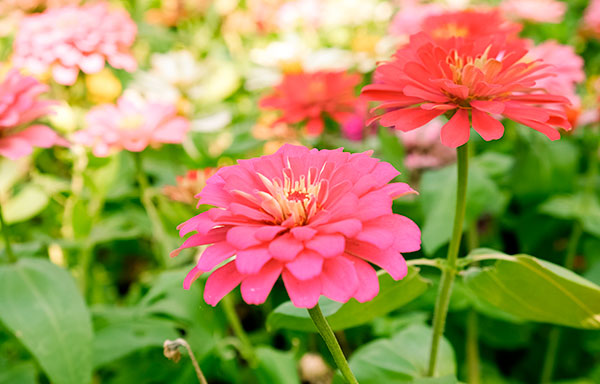
Last year I planted annual flower seeds (zinnias, cosmos) according to the package directions. The seeds sprouted, but even after a couple of months the plants were less than an inch tall. They just wouldn't grow. What did I do wrong and how can I prevent it this year?
I've had the same thing happen. I planted the seeds as directed, gave them good soil, plenty of water, ample light. I didn't think anything could go wrong. But my seedlings never grew more than an inch or so tall, even after two months of pampering. I traced the problem to old, out-of-date seeds. Some seeds deteriorate with age—use fresh packets of seed this year. Once you get your annuals going, let some go to seed. Either collect the seed to plant the following spring, or just let the seed naturally fall where it will. Next spring, you'll be surprised at where the plants come up.
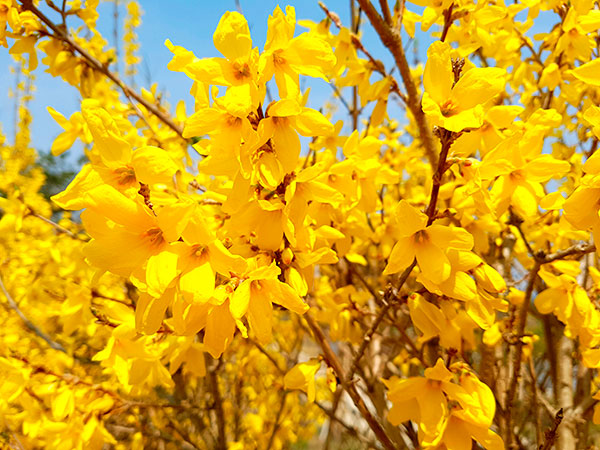
Everyone else's forsythia is blooming. Mine isn't. I pruned it in January just like I do every year, but it never blooms.
If you want your forsythia to bloom, you have to wait until after it blooms to prune it. By pruning before spring, you are cutting off all of the branches that bear the flowers.
-
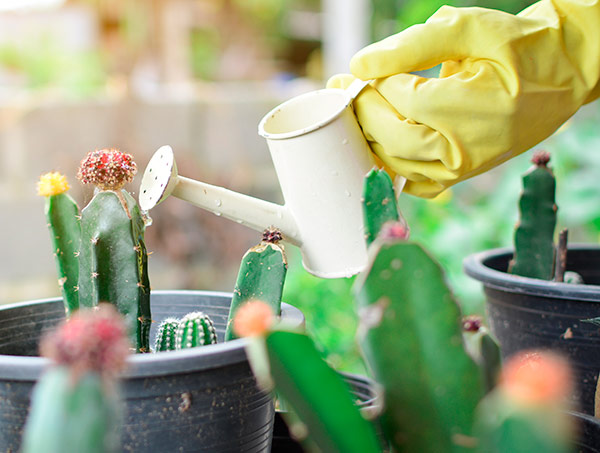
Some of my succulents turned to mush this winter. What happened?
If these are succulents that normally survive your winter climate, then it's the freezing weather combined with too much water. I liken it to the water inside the plant freezing and turning to ice and sort of bursting. The result is a mushy mess. Water your succulents sparingly during the winter, and not at all before frosty weather.
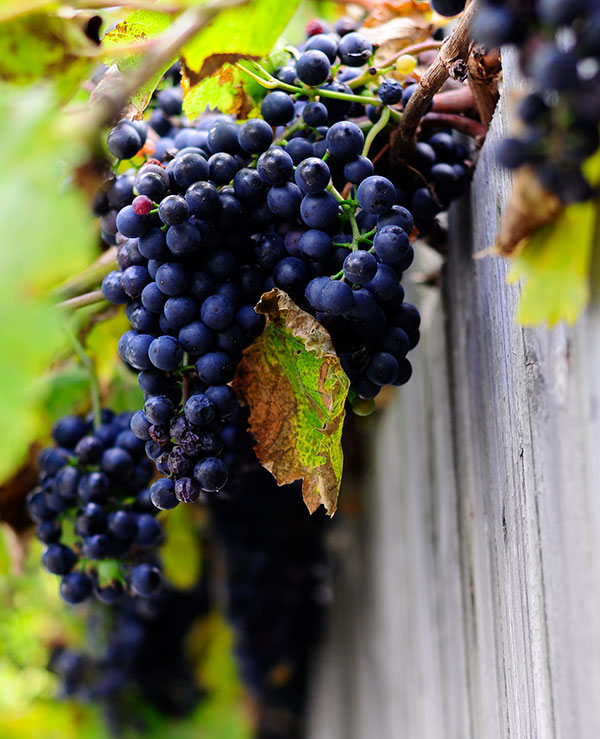
I want to plant grapes along a fence line because I think they will look great. What should I plant?
I agree, that is a wonderful idea. I would lay weed cloth down first, and cover it with mulch. Then you can cut a slit to plant the grapevines. Make sure you provide a strong support system for the vines. End posts should be sunk in concrete so they don't bend or rot. Most people think they will plant winegrapes and make wine, but they rarely follow through. And if you're just planting a few vines, you likely won't have enough for making wine. I'd plant table grapes. It's a crop that you will always be able to share with family and friends. Another plus to planting grapevines is that you can make decorative wreaths in the fall when you prune the vines.

